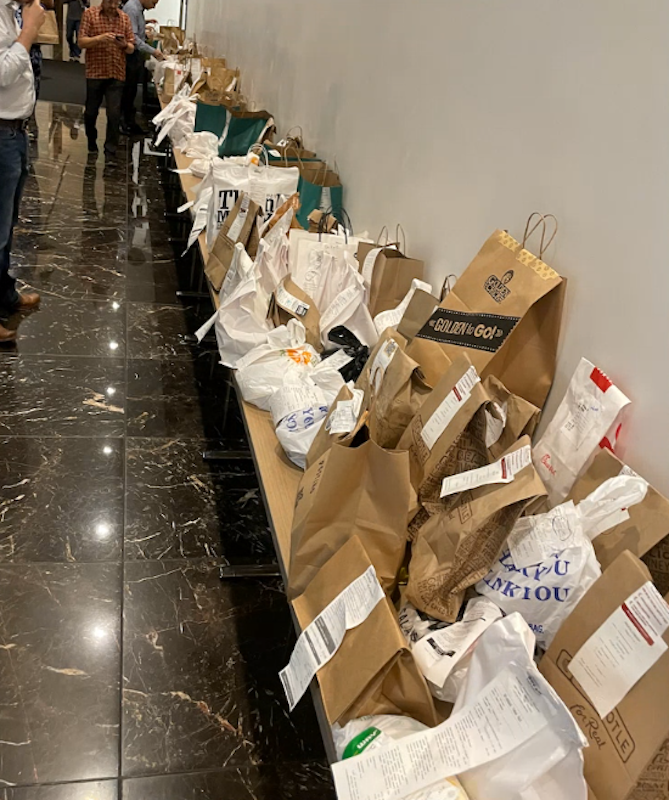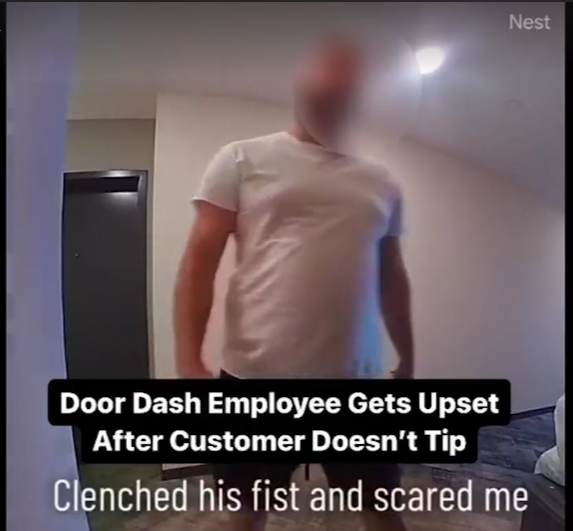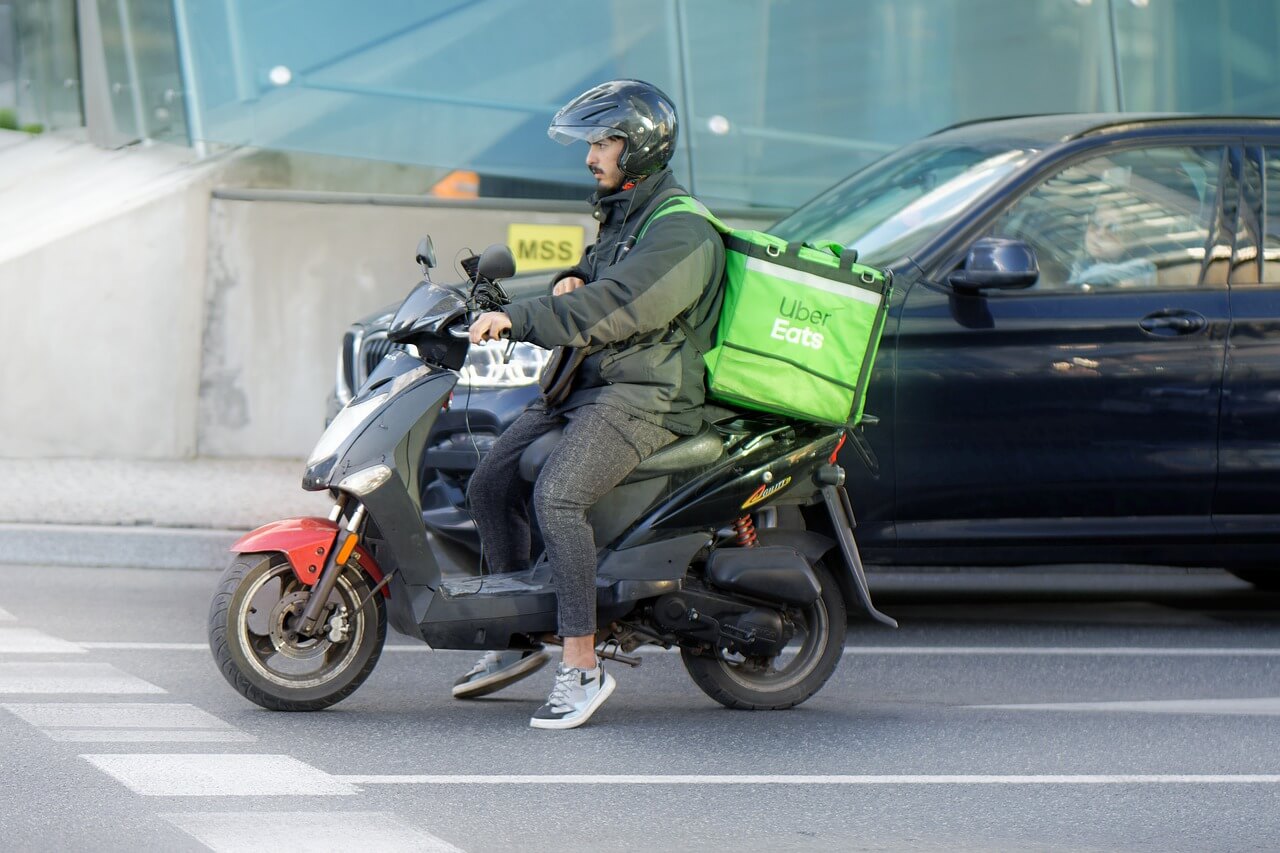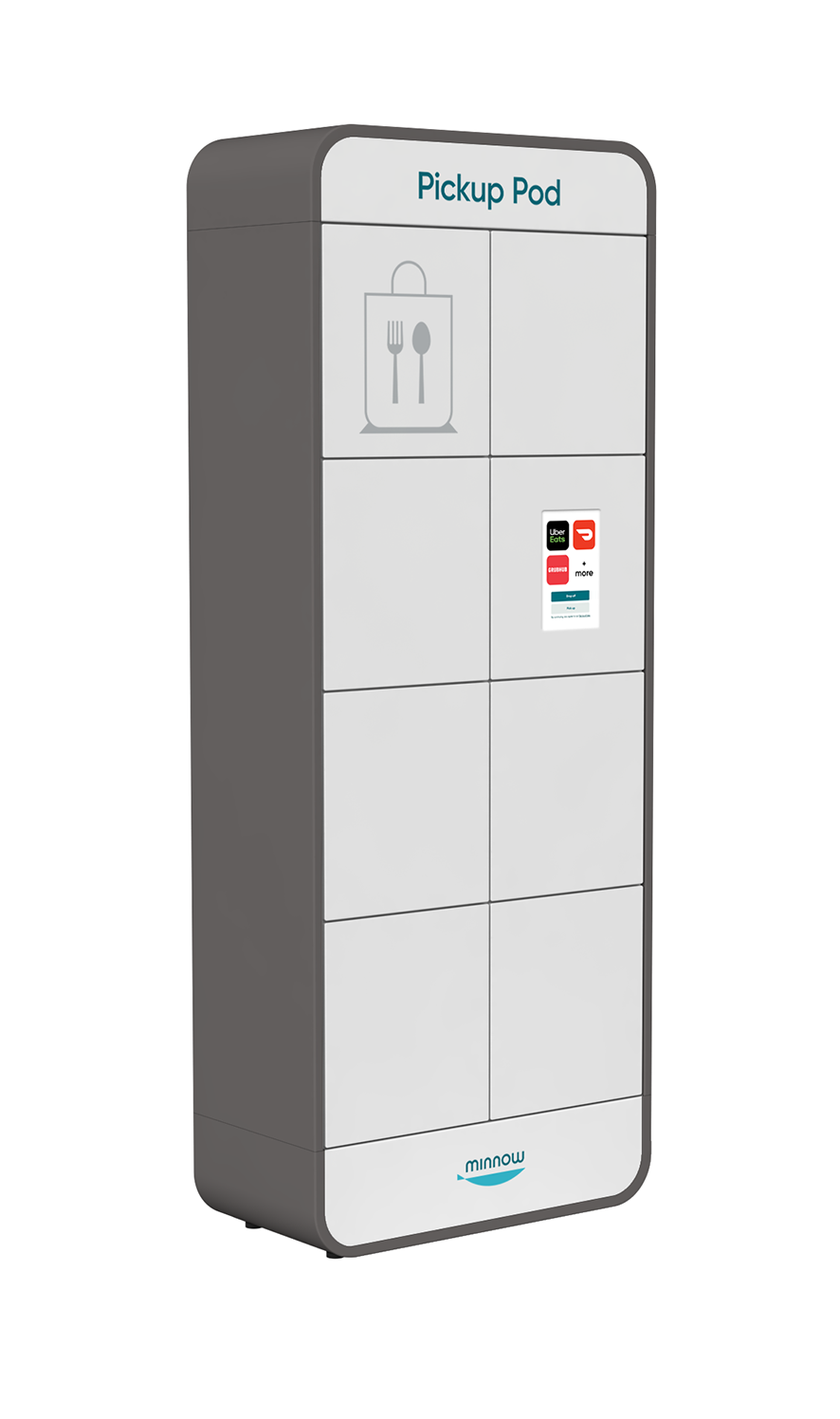12/12/22
Hidden costs of food delivery for multifamily & commercial properties
Written by Steven Sperry

In the past five years, food deliveries to office and multifamily buildings have grown by more than 500%. And no wonder. With just a few taps on a phone, tenants can order virtually any type of food and have it brought to them. If you're an asset or a property manager, you’re probably aware that food deliveries to your properties have increased significantly in recent years. But what you may not know is what those food deliveries are costing you. There are three hidden costs imposed on commercial properties by food deliveries: lost productivity; tenant satisfaction; and food safety risks.
Food deliveries are impacting building staff productivity and costing you more than you think
Let’s start with productivity costs. To illustrate, consider a multifamily property with 200 units. The number of food deliveries this property receives will depend on its location, the demographics of its residents, and other factors. But based on the data we’ve collected from managing hundreds of thousands of food deliveries, a good rule of thumb for estimating delivery volume is 1.5 deliveries per week per unit. Using that figure, this property would receive 300 deliveries a week, or about 40 a day. (If you manage an office building, you can expect 5-10% of your occupants will have food delivered on any given day, so 40 deliveries would correspond to a building with 400-800 occupants). What’s the impact of 40 food delivery workers coming through your front doors daily?
More than you might think. Unlike the Fedex and UPS couriers who deliver packages to the same buildings every day—and therefore know what to do when they get there—food delivery drivers are gig workers. And gig workers have high turnover, which means they’ve probably never been to the building before and will need help from the front desk staff to complete their deliveries. If the concierge is busy or away, the delivery worker may leave the food at the front desk and walk away. In addition to the amount of time the staff of our hypothetical multifamily property spends helping delivery workers, they also spend time figuring out which food goes to which tenants, contacting those tenants and arranging for them to collect their food, and dealing with complaints. Altogether we estimate that these tasks consume about 90 seconds per delivery on average. At 300 deliveries per week, that works out to 390 hours per year. A concierge who makes $25/hour might have a fully burdened cost of $50/hour, which means those 390 hours that are spent managing food deliveries cost our multifamily property $19,500 per year.
Now you might say, “Hold on. I have to hire the front desk person anyway, so you're not really saving me any money.” That’s a hollow argument. Those 390 hours spent managing food deliveries are real hours, and you’re paying real money for them. Suppose the front desk staff didn’t need to manage food deliveries. In that case, those 390 hours could be spent on more important tasks, like serving (and delighting) residents, conducting property tours, and ensuring the security and cleanliness of the property. This means either those tasks aren’t being done or they’re being done by someone else. Either way, those hours come with a real cost.
Tenant satisfaction is one of your biggest assets for attracting new tenants
The second hidden cost of food delivery is harder to quantify but has a bigger impact on your bottom line—the cost of a poor tenant experience. In these days of Yelp reviews and viral TikTok videos, a negative food delivery experience shared on social media can, in a matter of hours, destroy a property’s reputation, which may have taken years to establish. When a friend asks a tenant whether they would recommend your property, do you want the tenant to be thinking about the unpleasant encounters they had with food delivery workers or the concierge who made them feel so welcome every time they walked through the front door? When a prospective tenant tours your property, do you want their first impression to be a lobby that smells like curry and is cluttered with takeout bags and pizza boxes? It may not be possible to assign a dollar cost to a poor tenant experience, but in today’s fiercely competitive market, no one can doubt that tenant experience impacts occupancy and lease rates.
Improper handling of delivered food and foodborne illness is no joke
There’s one other cost to consider. According to the Centers for Disease Control, cooked meals can make you sick if they sit out for more than two hours before being consumed. Considering that up to an hour may have elapsed between when the food was prepared and when it was dropped off at your property, the window for safe consumption could be as little as one hour. Unless your front desk staff is monitoring every delivery to ensure that it is picked up within an hour—a time-consuming and error-prone task—then your tenants face a food safety risk. This is not something to be taken lightly. Every year, foodborne illness affects 48 million people in the United States. Of those, 128,000 become sick enough to be hospitalized, and 3,000 die. Because of the rapid growth of food delivery and the risks it poses to consumers, the Food & Drug Administration is strengthening food safety protections for food ordered online. You don’t want to find out the hard way that foodborne illness lawsuits are costly.
The good news is that these hidden food delivery costs can be mitigated with a food delivery management (FDM) solution. A properly implemented FDM solution enforces a consistent and reliable process for dropping off and picking up food; tracks and monitors each delivery to ensure that the right food gets to the right tenant, and reminds tenants to pick up their food in a timely manner—and notifies front desk staff when they don’t. It eliminates constant food delivery interruptions, so your onsite teams can focus on more important duties, like serving tenants. It gives tenants peace of mind that their food won’t be taken or tampered with, which increases tenant satisfaction and referrals. And finally, it mitigates food safety risks.
Only about 2% of our meals are delivered today, but that number is growing fast. And as it grows, so will the hidden costs. Whether your property gets 10 or 100 food deliveries daily, an FDM solution will pay for itself many times over.
As the food delivery management solutions leader, Minnow understands how food delivery impacts commercial buildings. Our FDM solution, the Pickup Pod, is a cloud-connected smart food locker that manages and monitors every food delivery, easing the burden on onsite property teams while elevating tenants' food delivery experience. By taking over the management of your building's food deliveries, Minnow frees up your front desk staff to focus on more important duties, like serving tenants and achieving occupancy goals.
To see how a Minnow Pickup Pod can boost your staff's productivity, enhance building security, eliminate unsightly clutter, and mitigate food safety risks while delighting your tenants, contact our sales team today to schedule a discovery call.






